As a kitchen professional, you likely rely heavily on your wood cutting boards daily. Knowing how to keep a wood cutting board clean is not just about ensuring hygiene but also prolonging its life and maintaining its quality. Whether you're slicing vegetables for a hearty soup, cutting raw meat for a steak dish, or simply serving cheese and appetizers to guests, your cutting board plays an essential role in food preparation. However, improper cleaning and maintenance can lead to bacterial buildup, unpleasant odors, and even degradation of the board itself.
Wood cutting boards are not just aesthetic additions to your kitchen. Theyre durable, self-healing, and naturally antimicrobial to some extent. However, these qualities require specific cleaning and care techniques. Unlike plastic cutting boards, which can often withstand the rigors of a dishwasher, wooden boards demand more thought and attention.
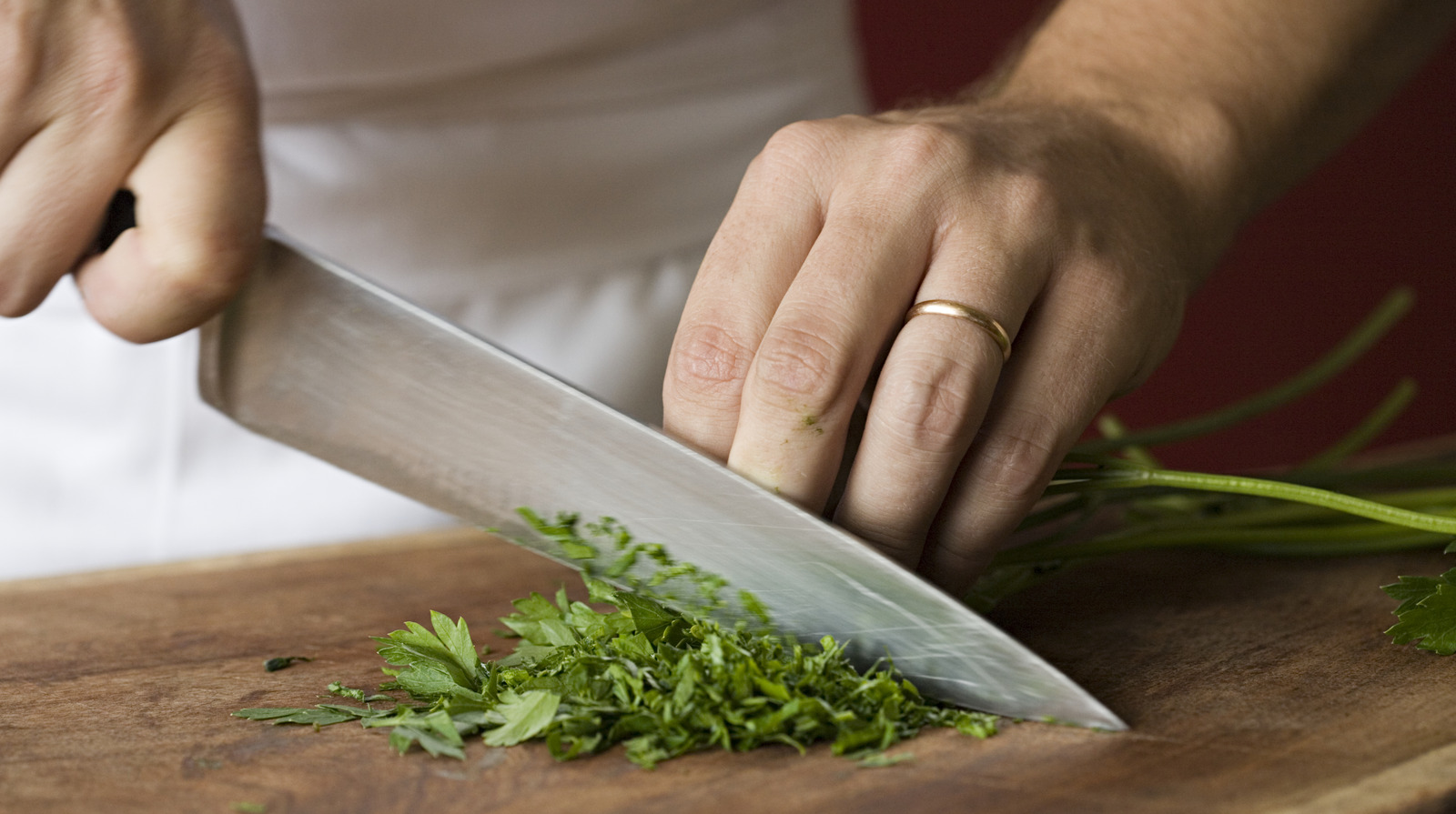
The Basics of Cleaning a Wood Cutting Board
The first rule of thumb when learning how to keep a wood cutting board clean is to avoid the dishwasher at all costs. The intense heat and water pressure can warp or crack the wood. To clean your wood cutting board effectively, follow these steps:
1. Hand Wash After Each Use
Gently wash your cutting board with hot, soapy water using a sponge or dishcloth. For stubborn food residues, use a scrub brush or a firm sponge. Remember to always rinse thoroughly and pat the board dry with a clean towel.
2. Use Natural Cleaning Agents
For deep cleaning, consider natural ingredients like coarse salt and lemon. Sprinkle the salt over the surface of the board and scrub with a cut lemon, squeezing out the juice as you go. This method not only cleans the surface but also deodorizes it.
3. Avoid Prolonged Water Exposure
Submerging your wood cutting board in water can cause it to absorb moisture, leading to warping and cracking. Always clean swiftly and dry immediately.
Deep Cleaning Techniques
Sometimes, daily cleaning isn't enough to thoroughly sanitize your wood cutting board, especially if you've used it for raw meat or fish. Here's how to go beyond basic cleaning:
1. Vinegar Rinse
Mix equal parts of water and white vinegar to create a natural disinfectant. Use this solution to wipe down the cutting board, then rinse and dry it immediately. Vinegar helps in killing bacteria without harming the wood.
2. Hydrogen Peroxide Solution
Pour 3% hydrogen peroxide onto the surface of the cutting board. Spread it around evenly using a sponge or brush and let it sit for a few minutes before rinsing with water. This method is particularly effective at eliminating bacterial contaminants.
3. Baking Soda Paste
Combine baking soda with a small amount of water to form a paste. Apply this paste to the board, scrub gently, and rinse. Baking soda helps with both cleaning and odor removal.
Regular Maintenance to Extend Lifespan
Cleaning your cutting board is only half the battle. Proper maintenance is crucial in ensuring it lasts for years to come.
1. Oil Your Cutting Board
Wood cutting boards need to be conditioned to prevent them from drying out. Use food-grade mineral oil and apply it evenly across the surface of the board. Allow the oil to soak in overnight before wiping off any excess. For more tips on oiling, check out this guide on cutting board care.
2. Rotate Usage
If you have multiple boards, rotate their use to prevent wear and tear on a single board. This also minimizes the risk of cross-contamination.
3. Avoid Using Harsh Chemicals
Stay away from strong cleaning agents like bleach unless absolutely necessary. If you must use them, thoroughly rinse the board to ensure no residue is left behind.
Common Mistakes to Avoid
Even seasoned kitchen professionals can make mistakes when it comes to cleaning wood cutting boards. Here are some pitfalls to avoid:
- Leaving the board wet for a long time.
- Using steel wool, which can damage the wood surface.
- Failing to sanitize after contact with raw meat or fish.
- Using non-food-safe oils for conditioning the board.
When to Replace Your Wood Cutting Board
Despite your best efforts, there will come a time when your wood cutting board will need replacing. If you notice deep grooves, frequent cracks, or persistent odors that wont go away after cleaning, it might be time to invest in a new board. For more details about cutting board types and their functions, refer to this article on cutting boards.
FAQs About Cleaning Wood Cutting Boards
1. Can I Use Olive Oil to Condition My Wood Cutting Board?
No, olive oil can turn rancid and create an unpleasant smell on your board. Stick to food-grade mineral oil.
2. How Often Should I Deep Clean My Cutting Board?
You should deep clean your wood cutting board at least once a month or more frequently if you use it for raw meat or fish.
3. Can I Put My Wood Cutting Board in the Sun to Dry?
While sunlight can help dry your board quickly, prolonged exposure can lead to cracking and fading. Its best to air-dry it in a well-ventilated area.
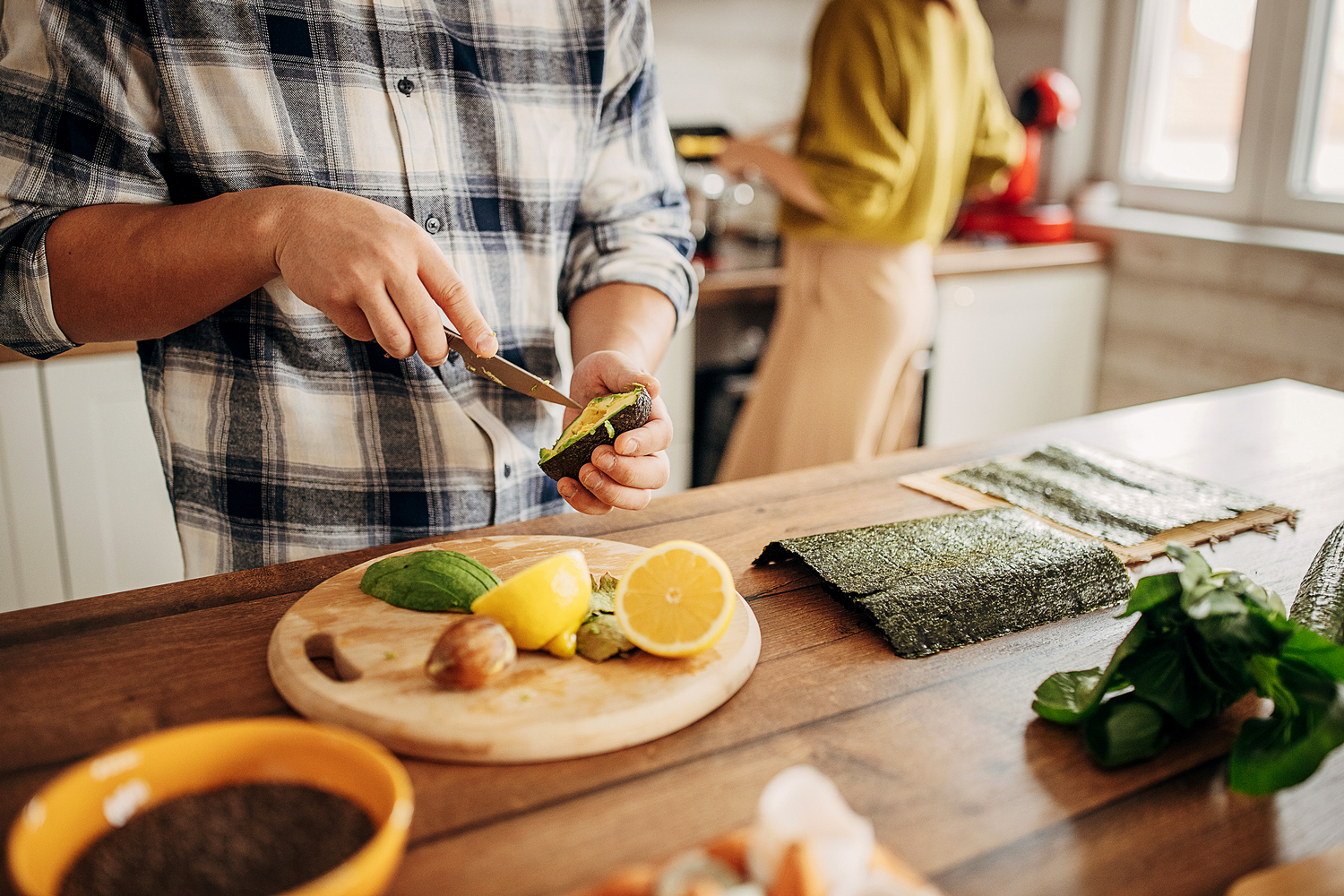
Final Thoughts
Understanding how to keep a wood cutting board clean is essential for kitchen professionals who prioritize hygiene and quality. With proper cleaning, sanitizing, and maintenance techniques, you can ensure your cutting board remains a reliable kitchen tool for years to come. For additional tips on cutting board care, explore more on cleaning walnut boards.
This article contains affiliate links. We may earn a commission at no extra cost to you.

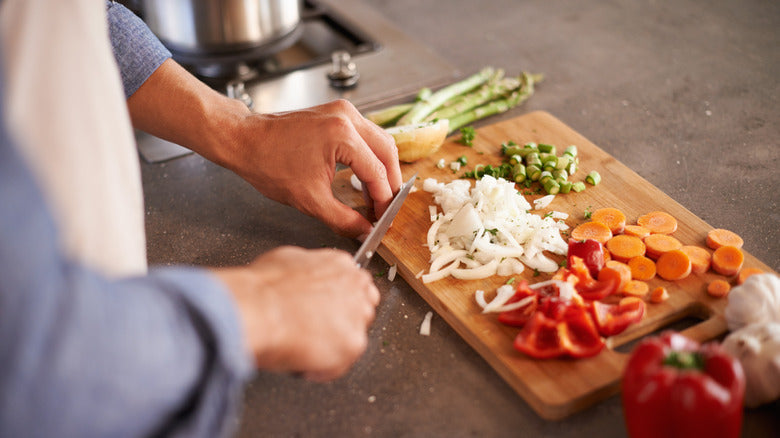


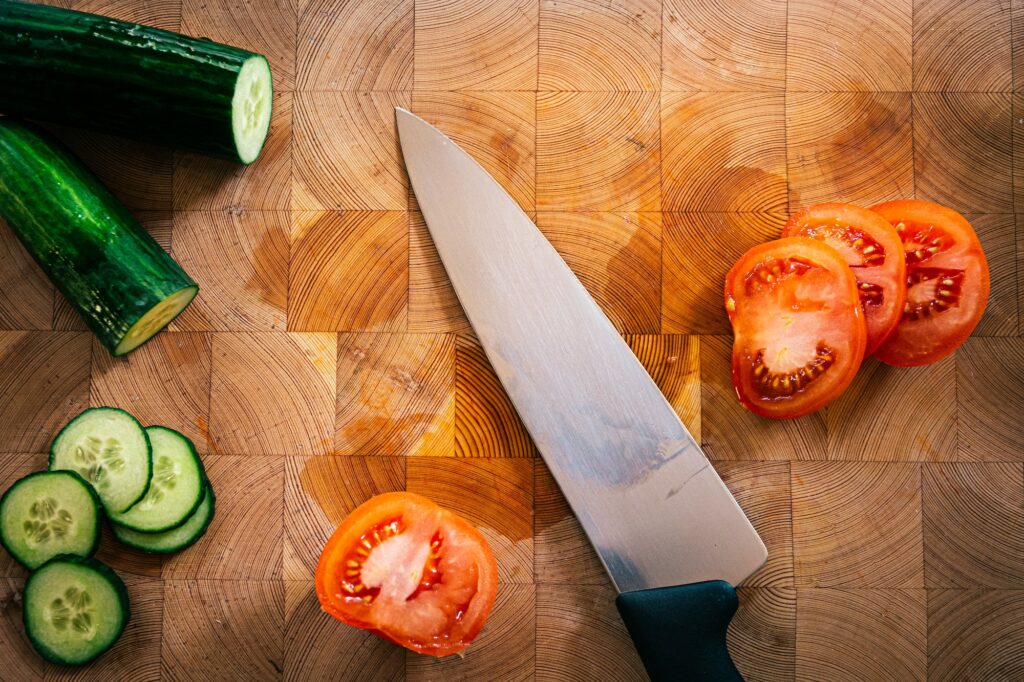
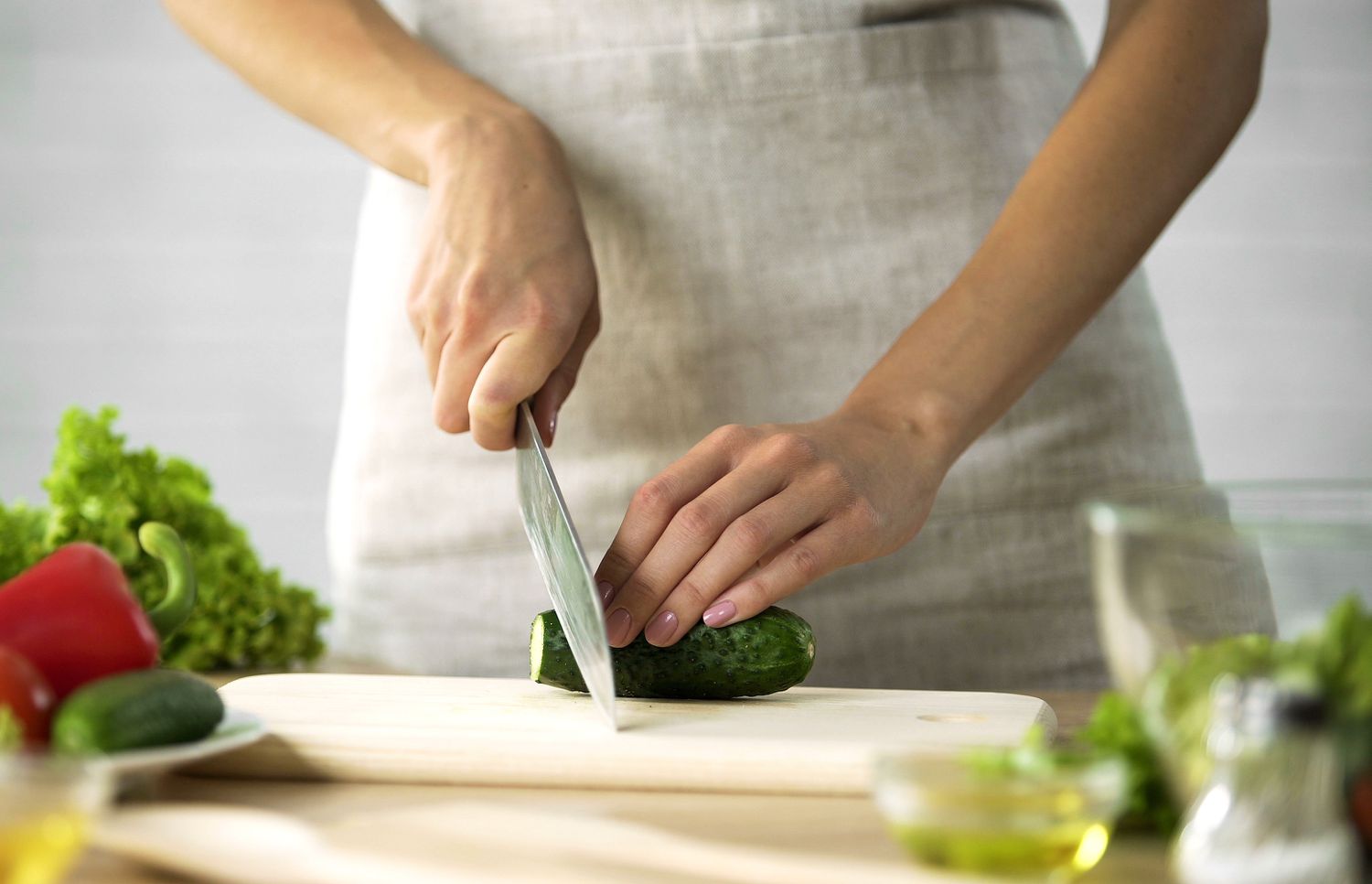
Leave a comment
This site is protected by hCaptcha and the hCaptcha Privacy Policy and Terms of Service apply.